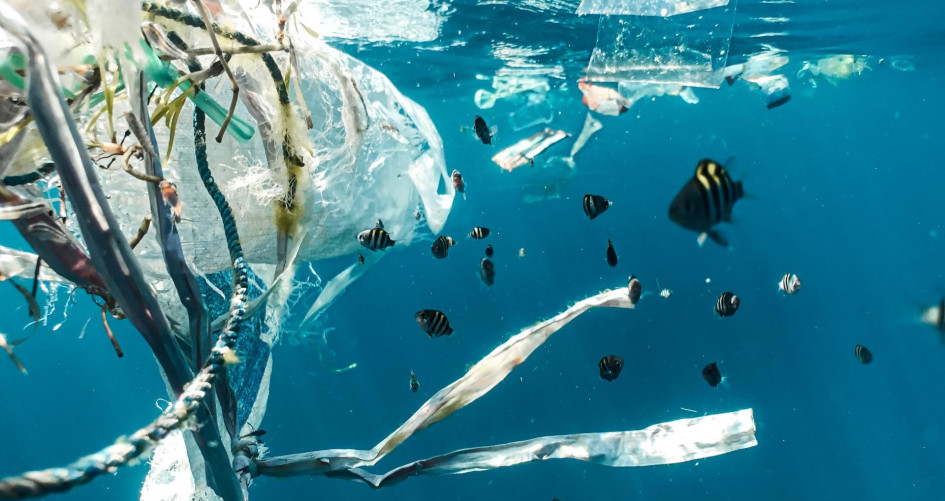At the start of March, at the resumed fifth session of the United Nations Environment Assembly in Nairobi, a historic resolution was made to end plastic pollution ultimately resulting in an international binding agreement by 2024.
The United Nations Environment Programme’s (UNEP) Executive Director, Inger Andersen, said the agreement is the most important international multilateral deal since the Paris climate accord in 2015. Heads of State, Ministers of environment and other representatives from 175 nations endorsed this landmark agreement that addresses the full lifecycle of plastic from source to sea.
The agreement will see the establishment of an Intergovernmental Negotiating Committee (INC) to draft a legally binding agreement. UNEP will then convene a diplomatic conference to adopt the INC’s outcome and open the treaty for signature by national governments in 2024.
It’s an agreement that is utterly necessary: plastic production has risen exponentially in the last decades and now amounts to some 400 million tons per year – a figure set to double by 2040. Every minute one million plastic bottles are purchased around the world, while five trillion plastic bags are used globally every year. In total, we produce 300 million tonnes of plastic every year, almost equivalent to the weight of the entire human population.
And according to UNEP, approximately 7 billion of the 9.2 billion tonnes of plastic produced from 1950-2017 became plastic waste, ending up in landfills or dumped. This doesn’t just have a huge effect on the environment, but on human health as well – indeed microplastics have been discovered in the human placenta for the first time.
Yet while the effects of plastic on the environment are well known – witness the heart-rendering images of sea life choked to death on plastic – plastic also has a huge impact on emissions as well. Most plastic is made using a base ingredient of oil or natural gas. And converting that oil or natural gas to plastic takes a lot of energy. Indeed, plastic is one of the most energy-intensive materials to produce.
A report released last year by Bennington College’s Beyond Plastics project estimated that the plastics industry in the US is on track to release more greenhouse gas emissions than coal-powered electricity generating plants by 2030. Given some estimate the world is on track to produce four times as much plastic by 2040 as than what it does now, that’s no surprise.
According to Gwenaële Coat, scientific director of the SeaCleaners, an NGO that tackles marine plastic pollution, “At the moment [the whole lifecycle of] plastic causes three per cent of emissions, but on the current trajectory, it will be responsible for 19 per cent by 2040.”
There has however also been progress in the fight to control plastic pollution. In 2002 Bangladesh became the first country to ban plastic bags, partly due to the fact that the proliferation of thin plastic bags had choked the country’s drainage system during the frequent devastating floods. More than 90 countries now have full or partial bans on plastic bags, although many countries have yet to introduce outright bans.
In July 2021, the EU banned certain single-use plastics such as straws, cutlery, cotton bud sticks and plates. The EU has also introduced separate rules for plastic bottles: by 2025, 77 per cent of plastic bottles placed on the market must be recycled, and by 2029, 90 per cent of plastic bottles must be recycled.
Yet despite this progress, plastic production is soaring, estimated to triple by 2050, when it will be responsible for 13 per cent of the planet’s carbon budget; that is 56 gigatons of greenhouse gas emissions, or the equivalent to the output of 189 coal-fired power stations.
This is why the proposed resolution is so important: it is expected to present a legally binding instrument, which would reflect diverse alternatives to address the full lifecycle of plastics, the design of reusable and recyclable products and materials, and the need for enhanced international collaboration to facilitate access to technology, capacity building and scientific and technical cooperation.
“Plastic pollution has grown into an epidemic. With today’s resolution we are officially on track for a cure,” said the President of UNEA-5 and Norway’s Minister for Climate and the Environment, Espen Barth Eide.
